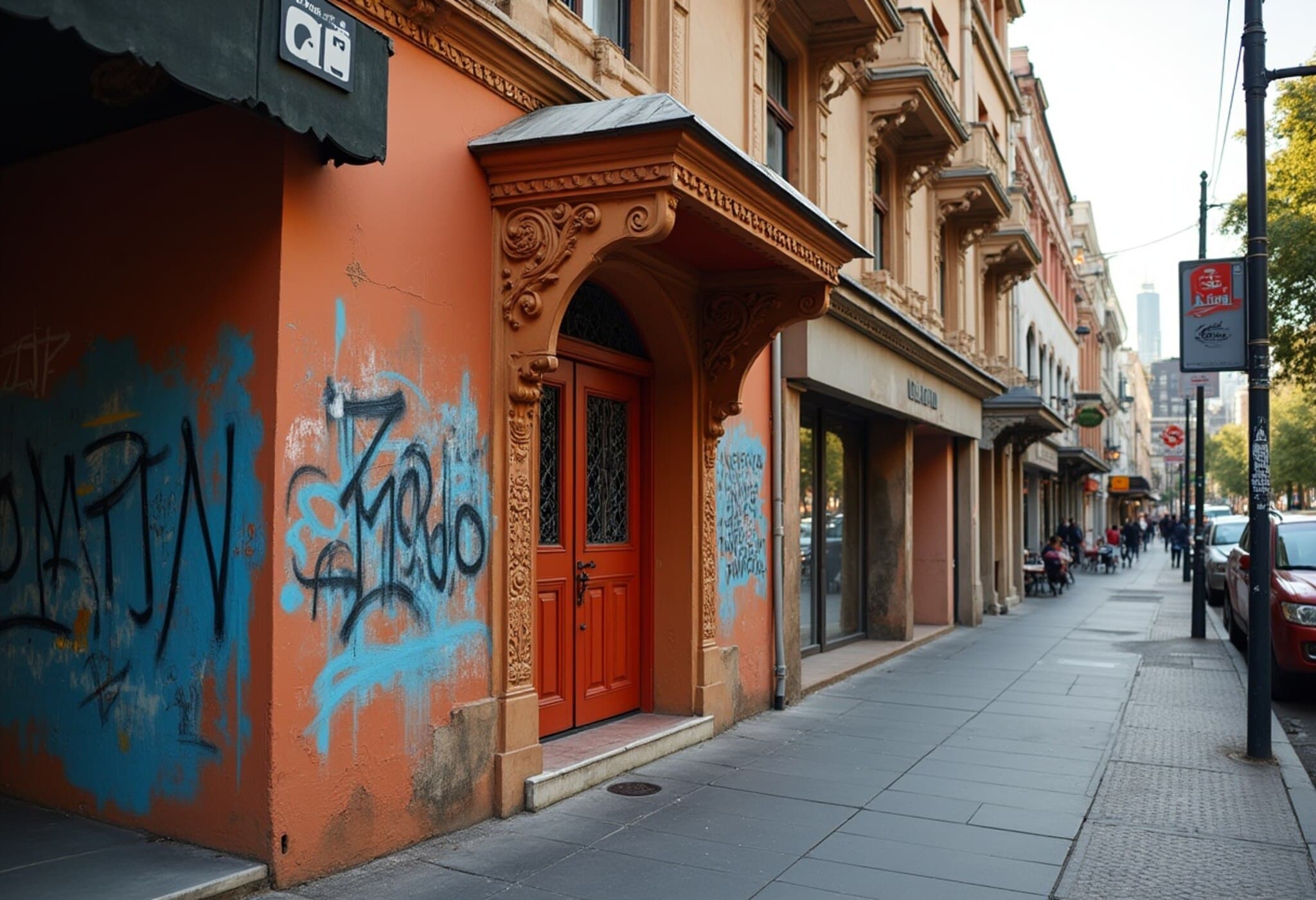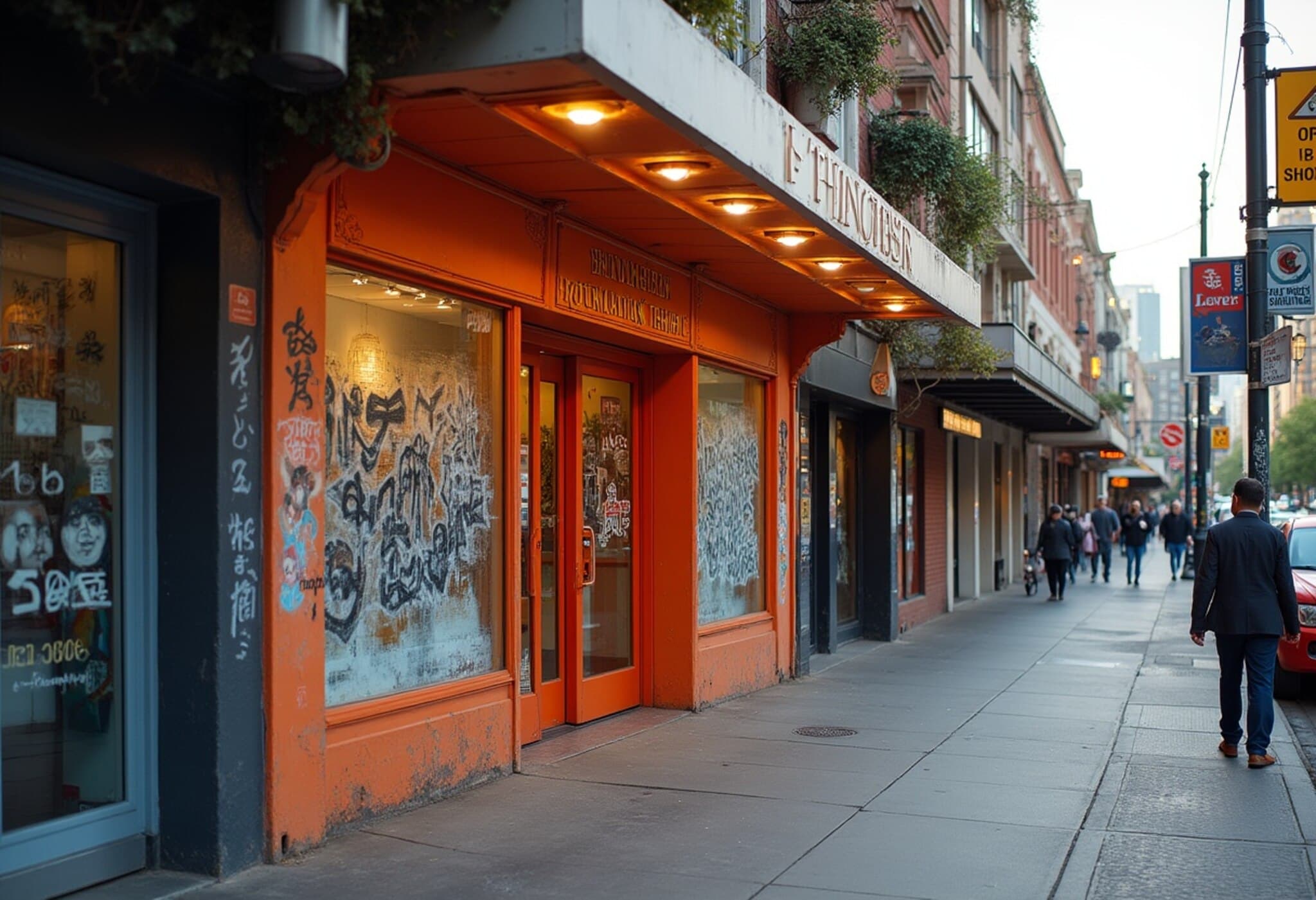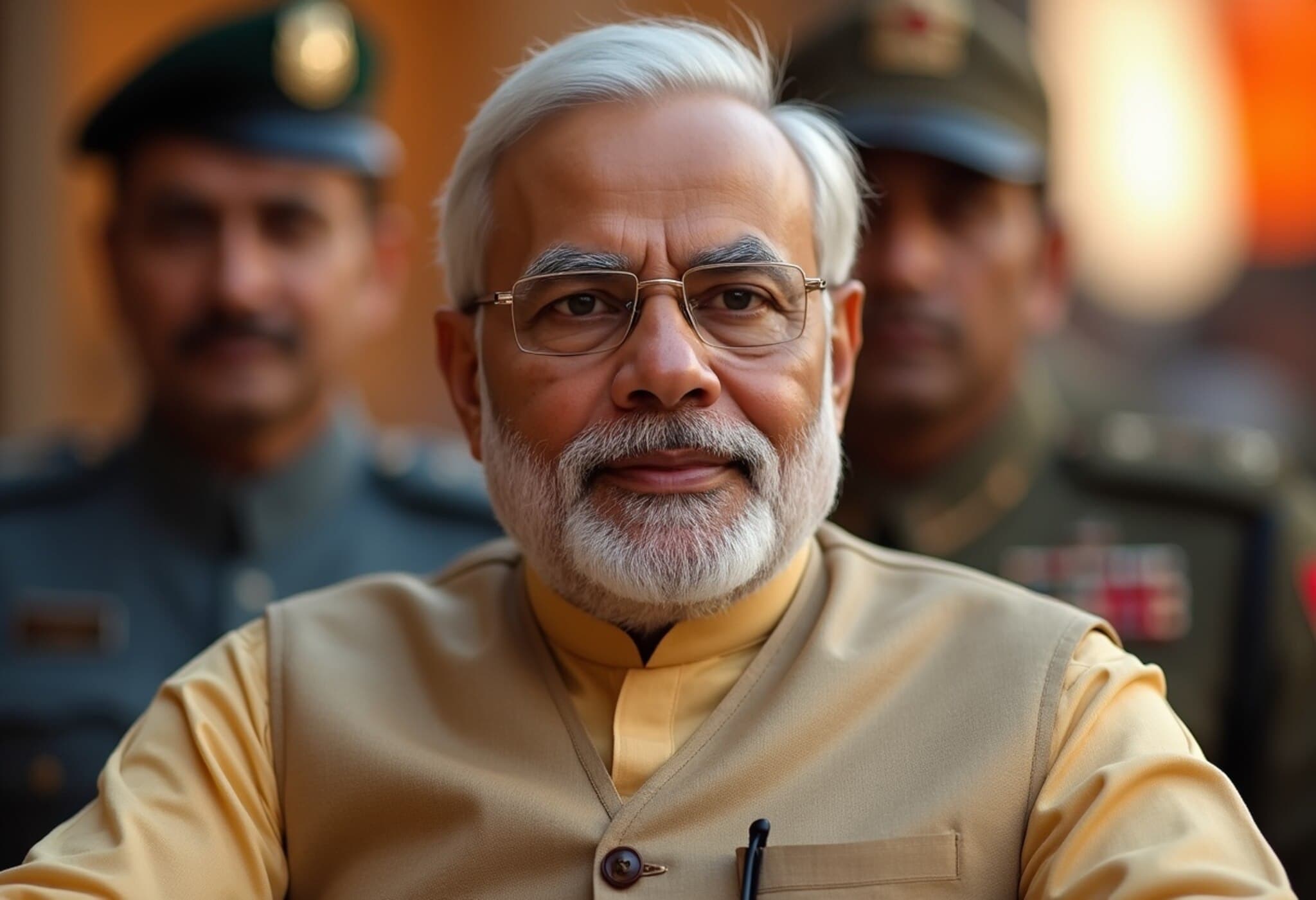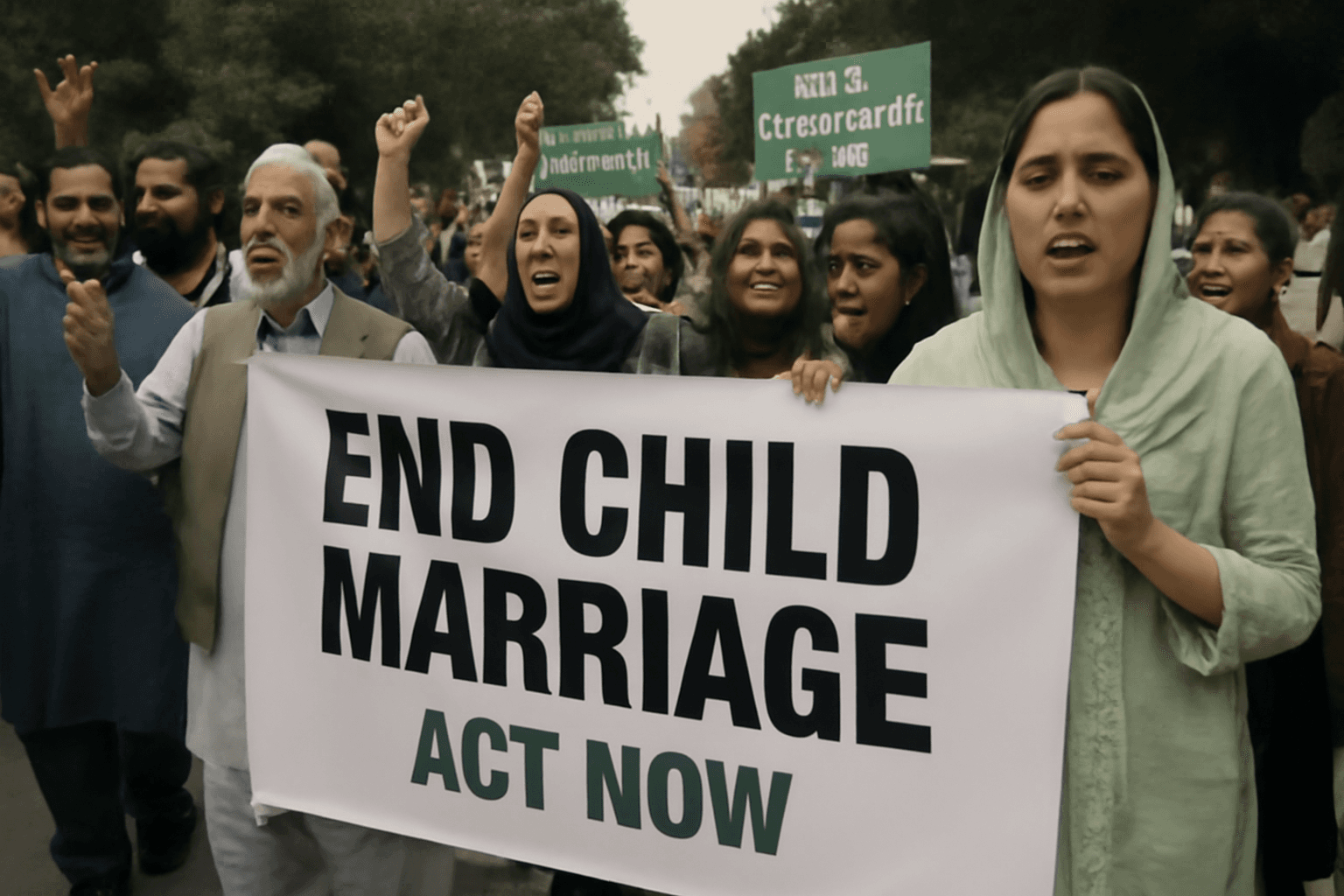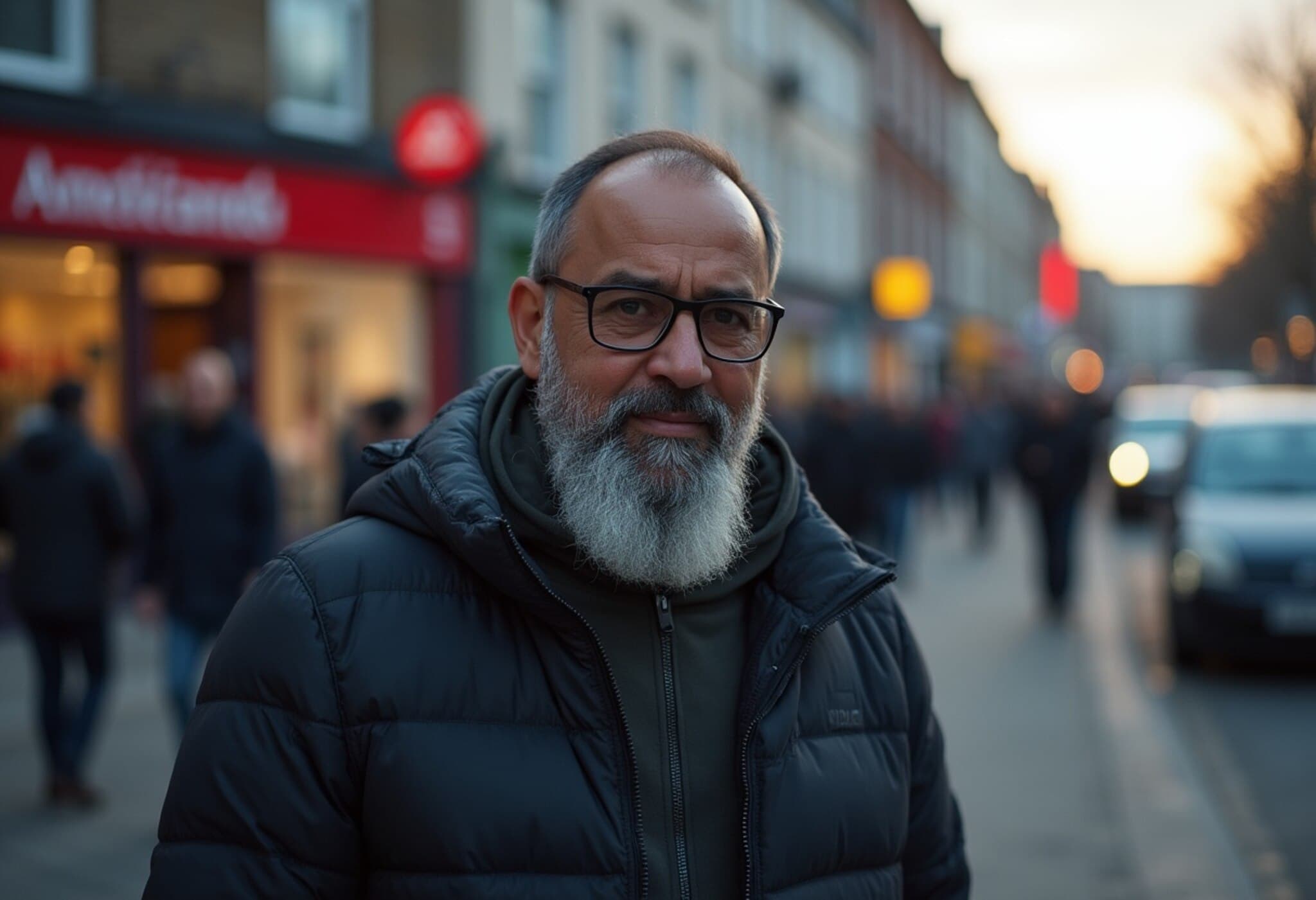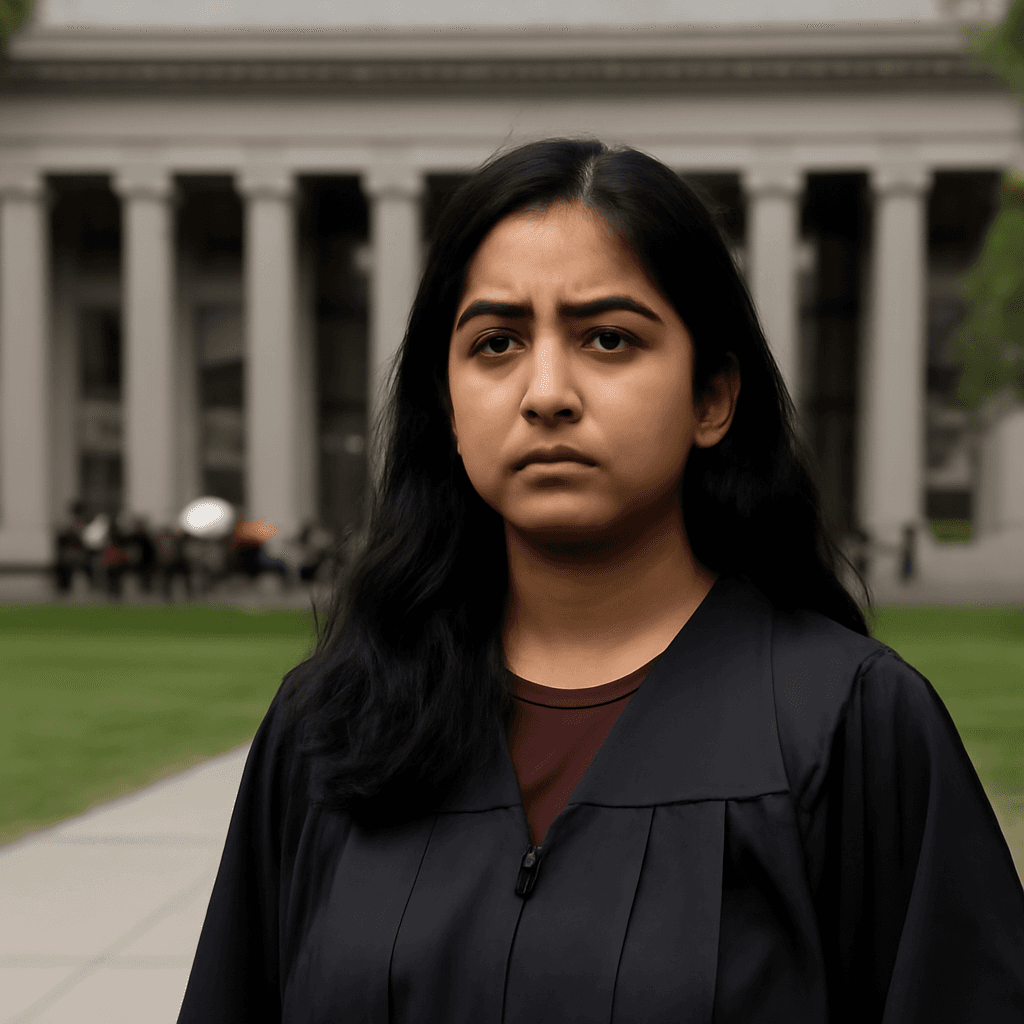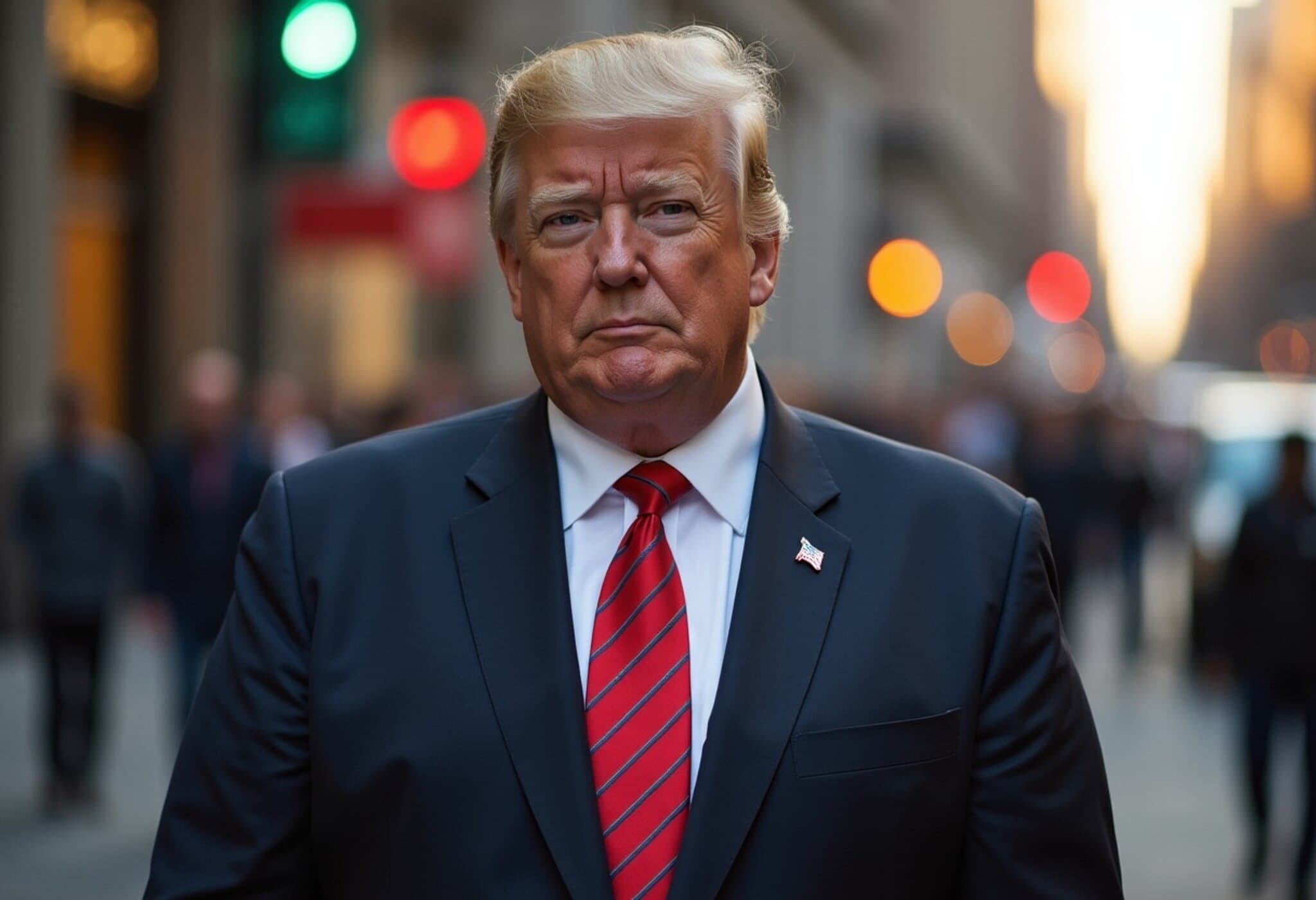Racist Graffiti Defaces Melbourne's Swaminarayan Temple Amid Escalating Hate Crimes
In a troubling display of racial intolerance, the Swaminarayan Temple in Melbourne was defaced with racist graffiti earlier this week, casting a shadow over the city's vibrant multicultural tapestry. The temple walls bore hateful messages including the phrase “Go Home Brown…,” a stark reminder of the persistent undercurrents of racism that certain communities continue to face in Australia.
Connected Acts of Vandalism Targeting Asian Community Spaces
Local authorities have identified similar graffiti markings on nearby Asian-owned restaurants, indicating a possible pattern of racially motivated attacks in Melbourne's Boronia neighborhood. According to Victoria Police, the incidents occurred earlier this week on Wadhurst Drive and Boronia Road, prompting a comprehensive investigation to determine links between the acts.
Context: Rising Anti-Asian Violence in Australia
This wave of hatred emerges dangerously close on the heels of a violent assault in Adelaide, where Charanpreet Singh, a visiting Indian student, was brutally attacked amid a parking dispute. His ongoing hospitalization has drawn widespread concern and highlighted vulnerabilities faced by international students and minority communities.
Community and Leadership Response
The incidents have been met with swift condemnation across political and community lines. South Australian Premier Peter Malinauskas condemned the Adelaide attack as “deeply disturbing,” emphasizing that such acts are alien to the Australian spirit and community values.
Similarly, Victoria’s Premier Jacinta Allan took a personal stance by sending a letter to the Swaminarayan Temple authorities, stating:
“What happened this week was hateful, racist, and deeply disturbing. It was a deliberate act of hate, designed to intimidate, isolate, and spread fear. Such behavior threatens the very fabric of our society and has no place anywhere in Victoria.”
From the community side, Makrand Bhagwat, President of the Hindu Council of Australia, expressed heartbreak: “Our temple is meant to be a sanctuary of peace, devotion, and unity. Seeing it vandalized with hateful words was devastating for volunteers and worshippers alike.”
Beyond Vandalism: What This Means for Multicultural Australia
While acts of graffiti might seem like isolated incidents, they symbolically and practically undermine the safety and sense of belonging that immigrant communities have worked hard to establish. Experts warn these incidents contribute to a climate of fear, potentially affecting mental health and community cohesion.
Professor Anita Desai, a specialist in multicultural policy, notes: “Such hate crimes create ripple effects far beyond physical damage; they erode social trust and inclusion. Policymakers must prioritize both preventive and restorative actions, including education, community engagement, and swift legal response.”
What Lies Ahead: The Path Toward Healing and Prevention
- Law enforcement: Victoria Police continues to investigate all related incidents, encouraging community members to come forward with information to help build a case against perpetrators.
- Community solidarity: Local leaders and multicultural organizations are planning dialogues, awareness campaigns, and interfaith activities to rebuild trust and resilience.
- Policy considerations: The Australian government faces increasing calls to implement stronger hate crime legislation and educational programs to tackle racial biases from their roots.
Australia's multicultural narrative has long been celebrated as a cornerstone of its identity. However, these recent hate crimes starkly reveal underlying social fractures that demand attention, reflection, and a united front against racism.
Editor's Note
These incidents raise critical questions about how societies reconcile diversity with rising xenophobia. As we reflect on these acts of hatred, it becomes imperative to examine systemic gaps in protecting vulnerable communities. The challenge lies not only in punishing offenders but also in fostering environments where cultural richness is embraced rather than feared. Readers are encouraged to consider how local communities and policymakers can collaborate to ensure every Australian—regardless of origin—feels genuinely at home and safe.

